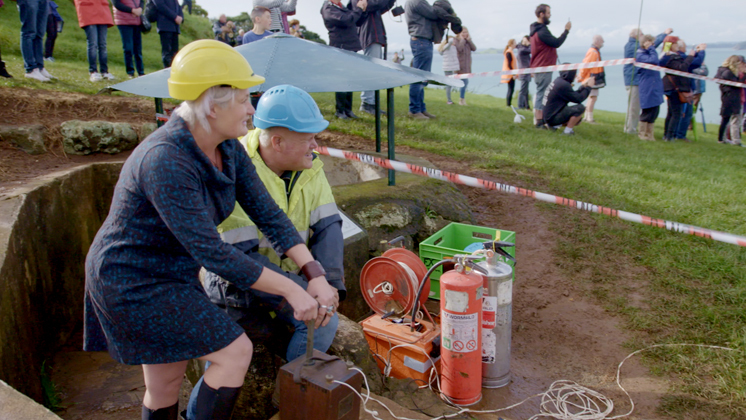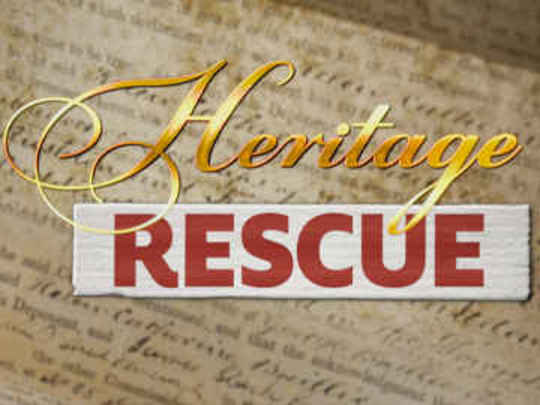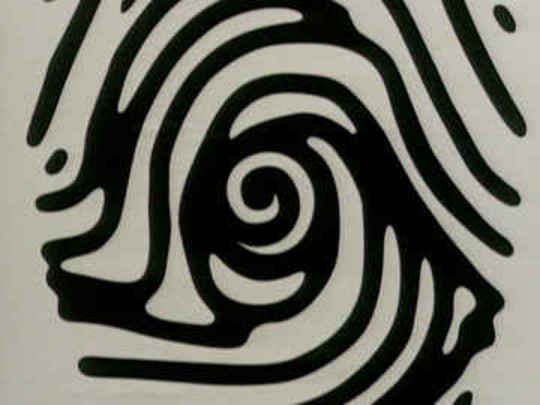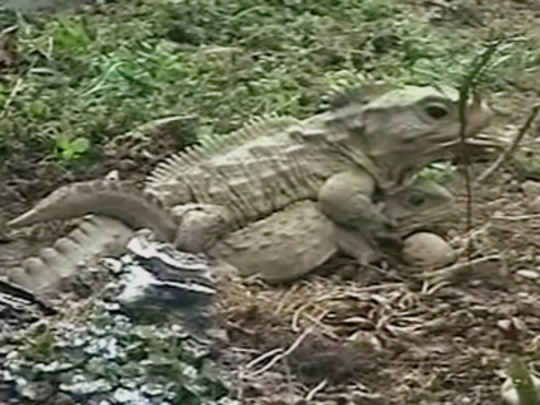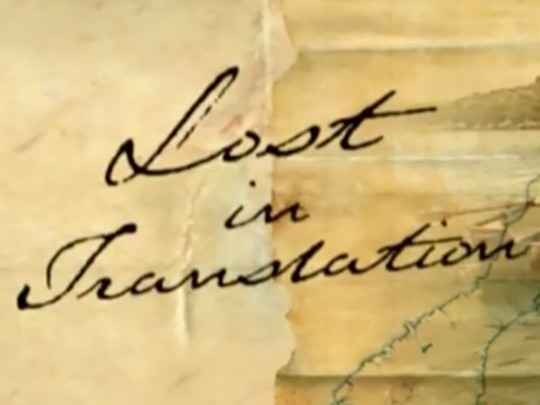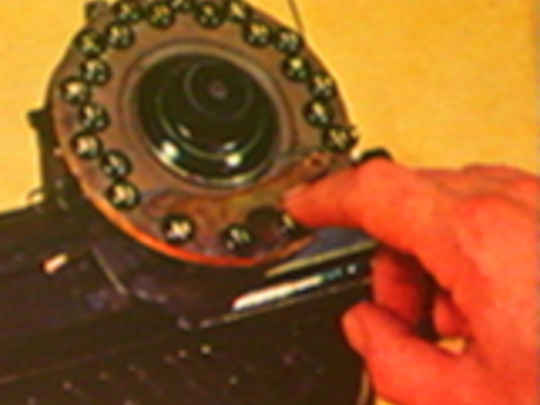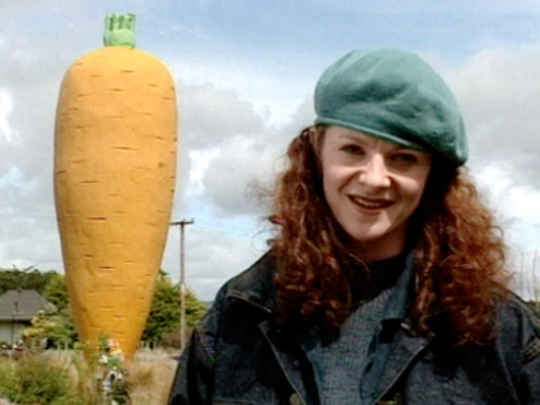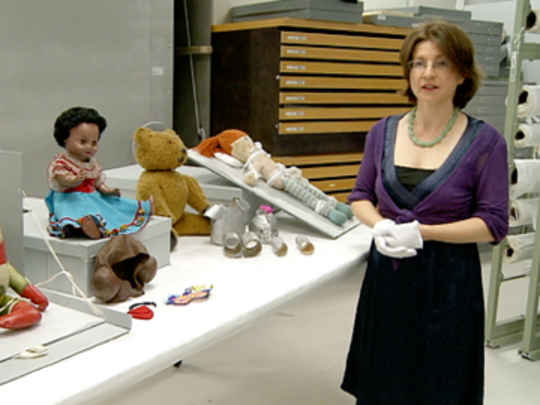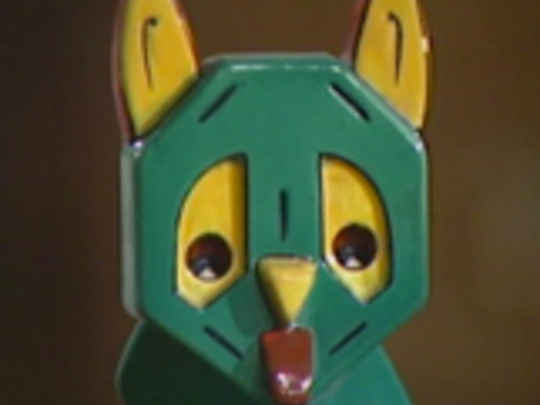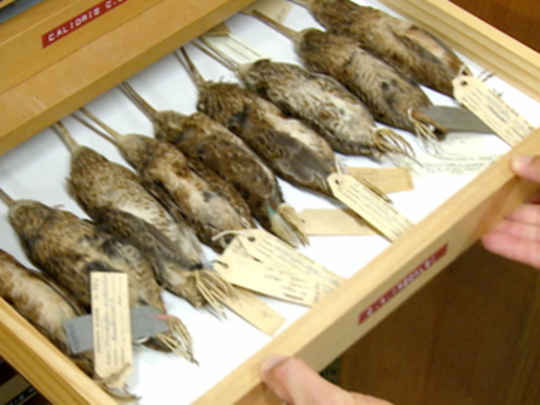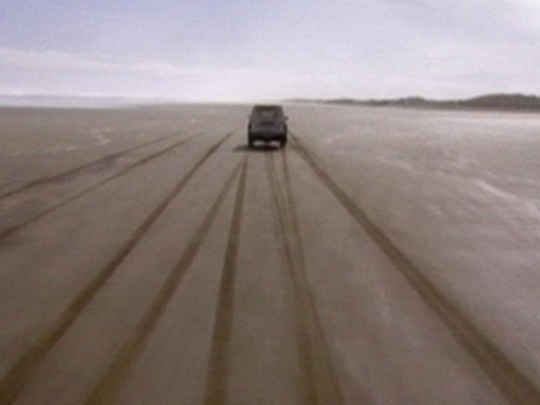Featherston: The first episode of eight
Dargaville: The second episode of eight
Pahiatua: The third episode of eight
Kaeo: The fourth episode of eight
Eketāhuna: The fifth episode of eight
Waihi: The sixth episode of eight
Devonport - Part One: Episode seven of eight
Devonport - Part Two: Episode eight of eight
Heritage Rescue - Series Two
Television (Full Length Episodes) – 2017
It's really important for the whole of New Zealand to know about what happened on that day. The incident. It's absolutely a blot on our history, and it needs to be given the respect it is due.– Featherston Heritage Museum Committee Member Lesley Wardle, discussing the prisoner-of-war shooting in Featherston in 1943, in episode one
The fields around me are where the camp once stood. Seven hundred Polish refugee children came here in 1944 ... and another 4,000 displaced people. All together 5,000 displaced people with vivid memories of the Nazis and Russia under Stalin.– Brigid Gallagher, in episode three
On the 25th of February 1943, 240 Japanese soldiers in compound two staged a sit in as a protest against work. Seeing this as open disobedience, the camp's second-in-command Lieutenant James Malcom, marched over to the prisoners, taking with him a number of armed guards. He ordered translator Lieutenant Adachi to come out from the crowd. Adachi refused. What happened in the next 30 seconds turned out to be the bloodiest event of the 20th century, committed on New Zealand soil.– Presenter Brigid Gallagher, in episode one
We all love a good story and a successful museum should be able to tell a good one, but how important is it that they keep to the facts? How much artistic licence and speculation should be used to keep history interesting?– Presenter Brigid Gallagher on bringing history to life, in episode two
So you call this the museum? It's not just a room? I mean I don't want to be at all offensive but walking in here it just looks like a great collection of stuff.– Brigid Gallagher on Eketāhuna Museum before it's makeover, in episode five
The clash between the old and the new is a recurrent theme in Kaeo and one we will be highlighting in the new exhibits going into the backroom. The idea is to focus on three flash points from when Europeans first interacted with local Māori.– Brigid Gallagher on the key themes of Kaeo Museum, in episode four
This museum is a big space with so many different themes in its exhibits but it's so fragmented. I suspect visitors come away without getting a true appreciation of the breadth of Devonport's history.– Brigid Gallagher, in episode seven
... Noel Hilliam, who played a pivotal role in setting up the museum. Over the years Noel has made controversial claims concerning the provenance of artefacts he's discovered. Take this insignificant looking case, containing wood from a shipwreck. If the label is to be be believed, then they came from a European ship which landed here before Captain Cook.– Brigid Gallagher discusses Dargaville Museum, in episode two
Now what happened with knuckle bones is that it's a game that people all over the world play ... Māori kids played it in New Zealand, and then they met a whole lot of Pākehā kids who turned up from the 1840s onwards, and they played the same game ... and so we ended up with this very New Zealand, bicultural game...– Historical author Dave Veart, in episode seven
Despite having been the main base for the navy and the sight of military fortifications since the 1880s, the people of Devonport have often mutinied against the conventions of the day. The first council to go nuclear free, the first to introduce recycling, this is a place where history happened.– Host Brigid Gallagher, in episode eight
